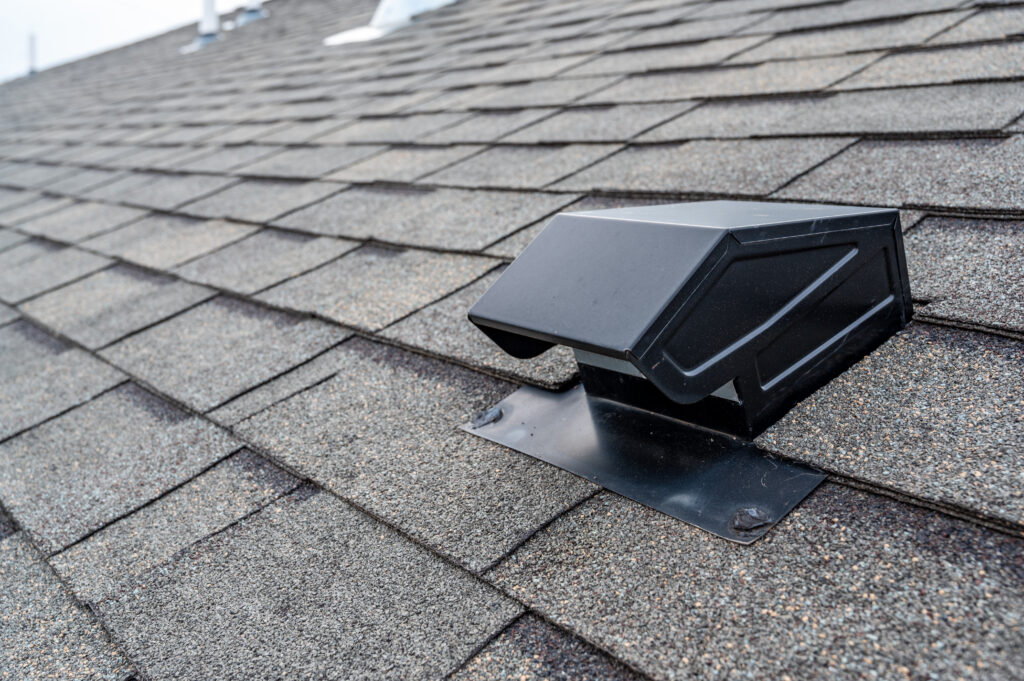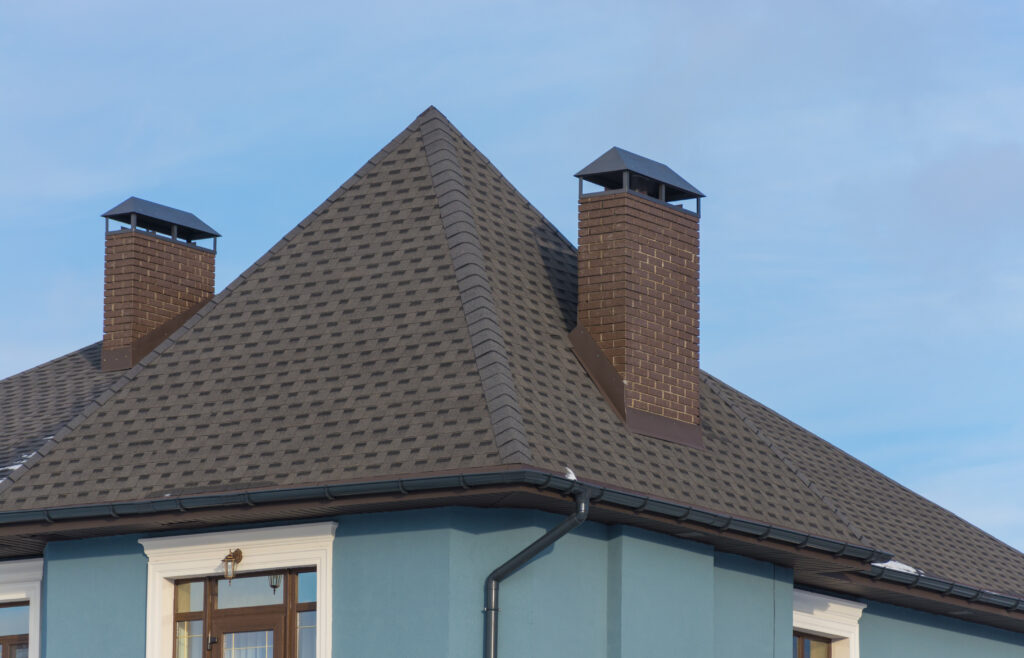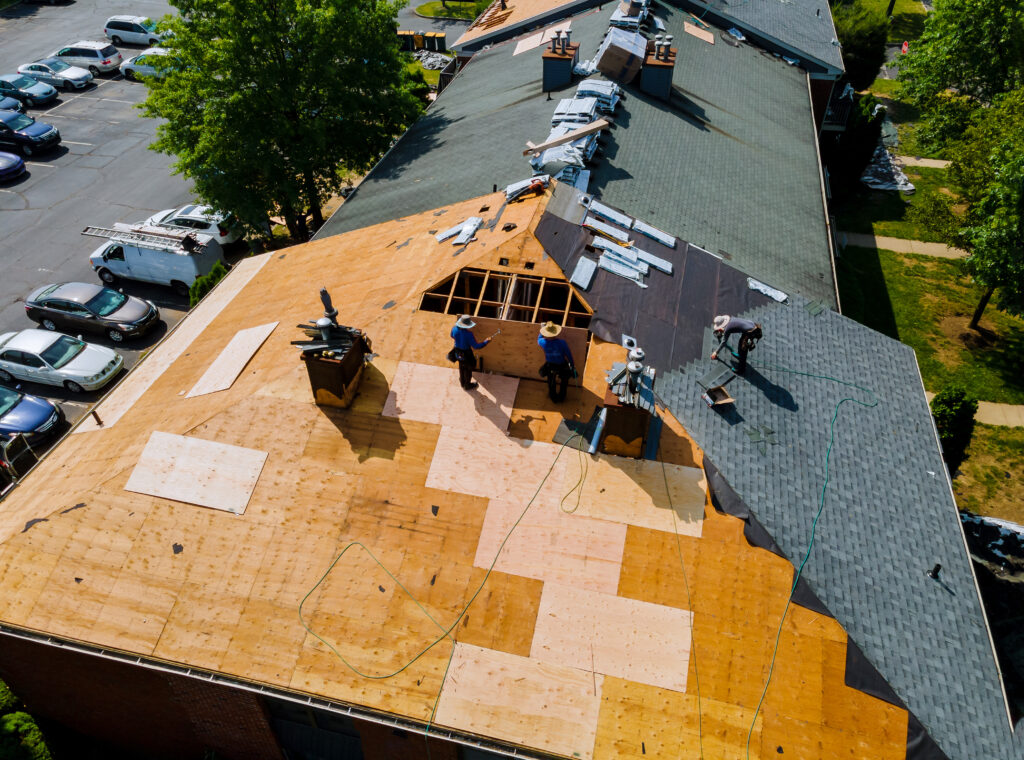Your home’s siding does more than just enhance curb appeal—it acts as the first line of defense against the elements. Over time, common siding problems like cracks, warping, and moisture damage can develop. Ignoring these early warning signs can lead to costly repairs. By spotting potential issues early on, you can prevent minor problems from escalating into major, expensive repairs. In this blog, we’ll walk you through some of the most common siding problems and how to address them before they become a bigger issue.
1. Cracks and Gaps in the Siding
Cracks and gaps are one of the first signs that your siding is experiencing wear and tear. These imperfections allow moisture, pests, and air to penetrate the siding, leading to structural damage, water infiltration, and energy inefficiency.
How to Spot It:
- Inspect your siding for visible cracks or gaps, especially around the seams where two panels meet.
- Pay close attention to the lower sections of the siding, as these areas are more exposed to moisture and damage.
How to Fix It:
- For minor cracks, a professional can seal them with caulk or a suitable patching material.
- If the damage is extensive, you may need to replace individual siding panels to prevent further issues.
2. Warping and Buckling
Warping or buckling occurs when siding becomes distorted, often due to improper installation or prolonged exposure to moisture or heat. This can create an unsightly appearance and compromise your home’s defense against the elements.
How to Spot It:
- Look for areas where the siding appears to be bowing or pulling away from the structure.
- Vinyl siding is especially prone to warping if it was nailed too tightly, preventing it from expanding and contracting with temperature changes.
How to Fix It:
- If the warping is due to improper installation, the affected panels may need to be reinstalled or replaced.
- Ensure that there is proper ventilation behind the siding to avoid future buckling from trapped moisture.
3. Mold, Mildew, or Algae Growth
Mold, mildew, and algae can grow on siding if moisture is allowed to linger, particularly in shady areas or humid climates. While this growth may start out as a cosmetic issue, it can eventually lead to siding deterioration and health risks for your family.
How to Spot It:
- Check for dark green, black, or brown spots on your siding, particularly in damp, shady areas of the house.
- Mold or mildew will often appear as discoloration or streaks.
How to Fix It:
- Clean the affected areas with a mixture of water and mild detergent or use a specialized siding cleaner.
- To prevent regrowth, consider installing gutters or trimming nearby trees to reduce moisture buildup.
4. Fading or Discoloration
While fading or discoloration doesn’t necessarily indicate structural damage, it can be a sign that your siding has aged or is no longer providing adequate protection against the elements. UV rays from the sun can cause vinyl, wood, and fiber cement siding to fade over time, weakening the material.
How to Spot It:
- Look for areas where the color has faded significantly or appears inconsistent across different sections of the siding.
- Check for chalky residue on the surface, which can indicate that the material is breaking down.
How to Fix It:
- Repainting may be an option for wood or fiber cement siding, but for vinyl, replacement may be necessary to restore the appearance and integrity of the siding.
- Consider investing in UV-resistant siding to prevent future fading and protect your home’s exterior.
5. Moisture Damage and Rot
Water is one of the biggest enemies of siding, especially for wood siding. Moisture can cause wood to rot and promote mold growth, while fiber cement and vinyl siding may also suffer from water infiltration if cracks or gaps are left untreated.
How to Spot It:
- Check for soft, spongy areas or discoloration that may indicate moisture damage.
- Look for swelling or bubbling on the surface, particularly near windows, doors, and the base of the house, where water is more likely to pool.
How to Fix It:
- For wood siding, replace rotted boards and apply a protective sealant to prevent further moisture absorption.
- For vinyl or fiber cement, damaged panels should be replaced and the underlying structure inspected for water damage.
6. Pest Infestation
Insects and rodents can cause significant damage to your home’s siding, especially if they find a way inside. Termites, carpenter ants, and other pests can burrow into wooden siding, while mice and birds may nest in small gaps or damaged areas.
How to Spot It:
- Look for small holes or sawdust-like debris near the base of your siding, which can indicate termites or other wood-destroying insects.
- Listen for scratching sounds, which may indicate that pests have burrowed into the siding or the walls behind it.
How to Fix It:
- Hire a pest control professional to eliminate any infestations.
- Repair or replace damaged siding and fill any gaps to prevent future infestations.
7. Peeling Paint or Caulk
Peeling paint or caulk is a common issue for wood or fiber cement siding. Over time, exposure to the elements can cause the paint to flake off or caulking to deteriorate, leaving your siding vulnerable to moisture infiltration and rot.
How to Spot It:
- Inspect your siding for peeling or cracking paint, particularly around windows, doors, and trim.
- Look for gaps where the caulking has worn away.
How to Fix It:
- Sand and repaint peeling areas to restore the appearance and protect the siding from further damage.
- Reapply caulk around windows and doors to seal out moisture and air.
For more tips on maintaining your home’s exterior, check out our post on Enhancing Your Home’s Durability.
Conclusion
Your siding is a vital part of your home’s exterior, and keeping it in good condition is essential for protecting your home from the elements. By spotting these common siding problems early, you can avoid costly repairs and extend the life of your siding. Regular inspections, timely maintenance, and professional repairs are the key to maintaining a beautiful and functional exterior.
Are you noticing any of these siding problems on your home? Don’t wait until they lead to major repairs—contact TriState Exteriors today for a professional siding inspection and expert repair services. We’ll help you keep your home’s exterior in top shape! Schedule a consultation with us today.
For additional information on how to properly care for your siding, visit this helpful siding guide.




